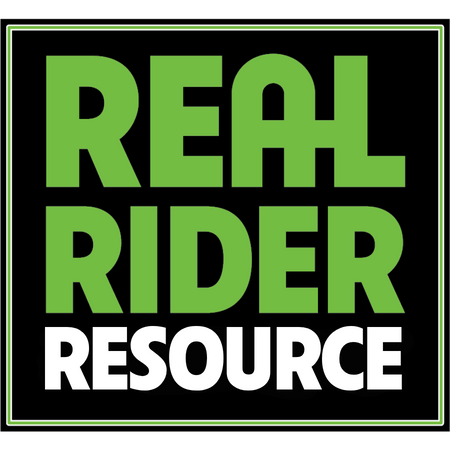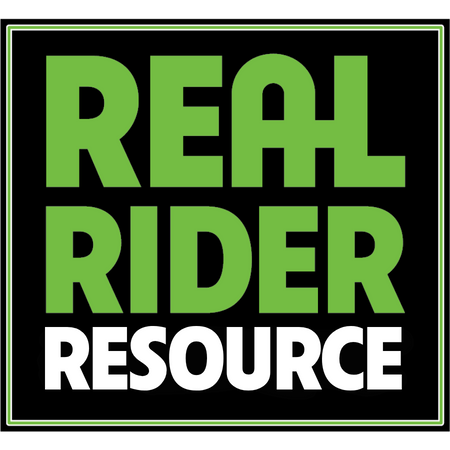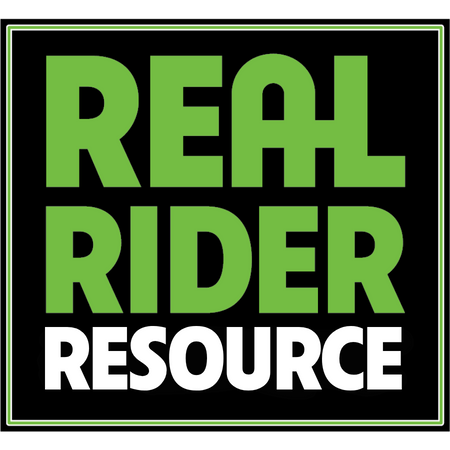Protecting Tendons & Ligaments: A Real Rider’s Guide to Soft Tissue Support
Excerpt: Tendon and ligament injuries are every rider’s nightmare. They take forever to heal—and even longer to prevent. In this guide, we break down how to keep your horse’s soft tissues healthy from warm-up to cool-down.
Why Soft Tissue Injuries Happen
Unlike bones or muscles, tendons and ligaments don’t get a lot of blood flow. That means once injured, they’re slow to repair. Repetitive motion, poor footing, or a rushed warm-up can all set the stage for serious damage.
Prevention Starts with Warm-Up
Always start with a purposeful warm-up. That means at least 10–15 minutes of walking and slow trotting to get blood circulating. Rushing this step is one of the biggest causes of soft tissue strain.
Know the Risk Factors
- Sudden changes in footing (deep sand to hard ground)
- Working a horse that’s out of condition
- Hard stops, tight turns, or jumps without support
- Skipping cooldown or post-ride care
Daily Support Strategies
Support your horse’s legs every day—not just after something goes wrong. Here’s how:
- Apply Draw It Out® Gel to tendons post-workout to reduce inflammation
- Wrap properly if the horse is prone to swelling
- Use EQUINE | DEFENDER™ Kinesiology Tape for extra support and lymph flow
Aftercare Is Everything
Post-ride is when soft tissues are at their most vulnerable. Walk out your horse, check legs for heat, and apply liniment to reduce swelling. If your horse took a hard run or hauled a long day, consider using wraps overnight.
Final Thoughts: Protect What Can’t Be Replaced
Bone heals. Muscle grows. Tendons and ligaments? They scar. That’s why the best riders focus on protection—not just performance. Your horse’s long-term soundness depends on the choices you make today.









